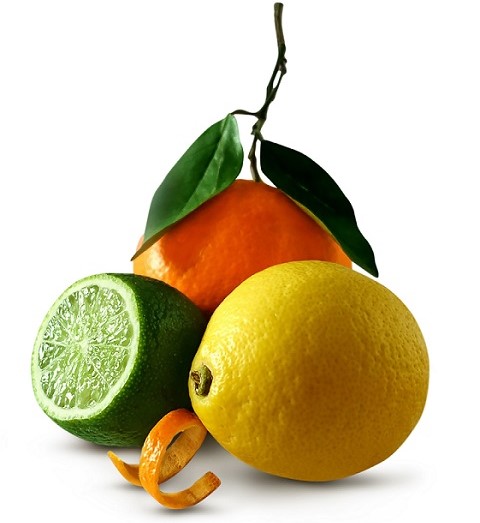 Did you know that watercress is one of the oldest known leaf vegetables consumed by humans?
Did you know that watercress is one of the oldest known leaf vegetables consumed by humans?
I felt a bit sluggish recently and requested my GP to do some general blood work on me. This blood work revealed that my liver enzymes were on the upper end of a normal range, which rang a bell to me for a couple of reasons. First of, my liver enzymes are usually on the lower end of a normal range and secondly, the blood work helped me to realize the reason of me feeling a bit under weather – liver toxicity! It looked like my liver had a hard time cleaning out all the debris that I’ve accumulated due to stress, related to moving out, recent illness – pertussis (as confirmed by formation of antibodies several months later), and build up of toxins due to diminished capacity to naturally detoxify. It may sound weird but I envy people who can easily sweat, because sweating is one of the most effective mechanisms that human body uses to detoxify. My autoimmune-stricken body makes it pretty challenging for me, but luckily there are natural and very effective supplements available that can gently detoxify liver and improve its enzymatic status. For example, Milk Thistle is one of the supplements that I like to include into my liver detox program.
 Milk thistle gets its name from a milky liquid that one can observe when crushing the plant. This plant is beneficial for a number of liver-related conditions and it is also very helpful in removing environmental toxins. And, given that supplementation works best in synergy with healing diet I consume a hefty amount of leafy vegetables during this period of the year. Besides, to help the detoxifying process I cook a lot of green soups with broccoli, zucchini, asparagus & watercress, to name a few. For example, this creamy watercress soup is one of the soups that I cook relatively often these days. I’ve always loved watercress soup and equipped with my AIP know-how I adapted this soup to my AIP-friendly menu. Yuca adds to its creaminess & watercress gives it a delicate, peppery note. As all herbs, watercress is very nutrient dense and contains a hefty amount of minerals and vitamins, such as vitamins A, B, C, E & K, as well as copper, calcium, phosphorus, potassium, magnesium and manganese.
Milk thistle gets its name from a milky liquid that one can observe when crushing the plant. This plant is beneficial for a number of liver-related conditions and it is also very helpful in removing environmental toxins. And, given that supplementation works best in synergy with healing diet I consume a hefty amount of leafy vegetables during this period of the year. Besides, to help the detoxifying process I cook a lot of green soups with broccoli, zucchini, asparagus & watercress, to name a few. For example, this creamy watercress soup is one of the soups that I cook relatively often these days. I’ve always loved watercress soup and equipped with my AIP know-how I adapted this soup to my AIP-friendly menu. Yuca adds to its creaminess & watercress gives it a delicate, peppery note. As all herbs, watercress is very nutrient dense and contains a hefty amount of minerals and vitamins, such as vitamins A, B, C, E & K, as well as copper, calcium, phosphorus, potassium, magnesium and manganese.
It is very natural to start a detox program in spring as winter is the period when we tend to accumulate toxins the most, due to increased indoor pollutants, reduced consumption of fresh produce and decrease in physical activities. However, detox doesn’t boil down to food and supplements. Detoxing your mind is as important as detoxing your body, therefore it is a good idea to unplug and enjoy life by savoring each and every moment of it: get outside, breath in deeply, look at the sky and pay attention to the beauty surrounding you! After all, spring is all about new beginning, rejuvenation and…detoxifying!
- 1 bunch watercress
- 200g/7oz yuca,* peeled and cubed
- 2 tablespoons coconut oil
- 1 white or yellow onion, diced
- 2 cloves garlic, minced
- 1 tablespoon apple cider vinegar
- 2 cups broth or water
- ½ cup coconut milk
- ½ teaspoon sea salt or to taste
- Black pepper (omit if on the strict AIP)
- Lemon wedges, for serving
- Separate watercress leaves from stems and place into two separate recipients. You don't have to remove all the leaves, just do your best!
- Heat the coconut oil in a medium-sized saucepan over medium heat.
- Add the onion with a pinch of sea salt and sauté for 2 to 3 minutes, until softened.
- Stir in the garlic and cook until fragrant. Deglace with apple cider vinegar.
- Add the broth, watercress stems, yuca, sea salt and bring the soup to a boil.
- Reduce the heat to a simmer, cover and cook until vegetables are well cooked, 15 to 20 minutes.
- Stir in the coconut milk and remove from heat.
- Transfer the soup to a blender, add fresh watercress leaves and process until smooth. Adjust salt as needed, sprinkle with pepper and lemon juice.
- Serve and enjoy!



Leave a Reply